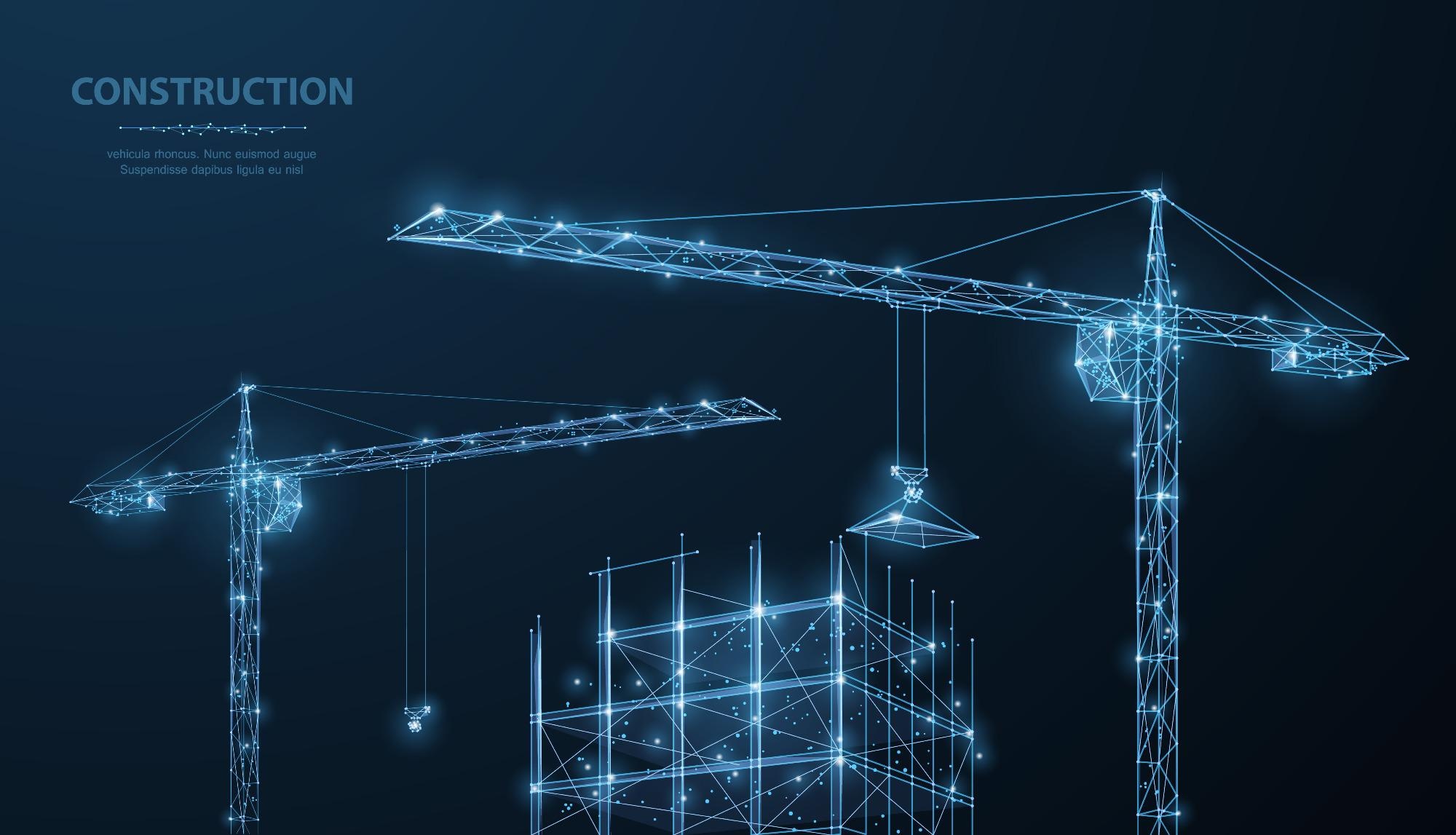Artificial intelligence (AI) and AI-powered robots are increasingly influencing industrial and organizational operations. As the importance of AI in our lives increases, autonomous and intelligent agents will appear in key sectors, including the Architectural, Engineering and Construction (AEC) industries.

Image Credit: CoreDESIGN/Shutterstock.com
Increasing demand for infrastructure due to urbanization and new business activities has prompted a rethinking of old infrastructure delivery methods. The AEC sector has shown great potential to broadly employ robots and AI technology during the last two decades. This article discusses the potential of using AI in AEC industry.
Where Does AEC Industry Stand?
Construction is one of the oldest and least digitalized sectors globally and can be relatively sluggish in accepting new technologies. While this sector is critical to the global economy, it has a history of low productivity.
The main reasons for the low productivity include poor management, insufficient skills, inappropriate execution of project plans, inadequate design process and lesser use of digital and modern tools in the business model.
Why Do We Need a New Technology in AEC Industry?
The construction industry's low productivity, extremely high costs, and high number of worker fatalities demand a modern and more reliable solution.
As the demand for construction is higher than ever, the use of AI can significantly help the AEC industry to flourish.
Complex construction schedules and procedures may be manually managed for small projects. However, large-scale, multi-year projects involve the coordination of numerous activities and moving pieces such as drawings and blueprints, permits, and unanticipated delays; modifications can easily get out of hand without advanced technology.
How Can AI Help the AEC Industry?
AI in construction may provide value across the project lifecycle, including design, finance, construction, operations, and developing a robust business model. The use of AI in construction may help overcome problems related to safety, availability of labor, cost, and project delays.
The use of AI and machine learning enable construction managers to automate crucial, routine jobs. They use AI to assist schedule work to avoid delays, disputes, and other challenges, which applies to both personnel and project/materials scheduling.
Machine learning uses pattern recognition, statistical data, and planning system links to uncover data patterns and outliers. ML algorithms can identify hazards faster than individuals. The use of AI in AEC may help minimize costly delays on the worksite or among suppliers and contractors.
Autonomous vehicles are often currently used on construction sites. Autonomous devices, drones, and robotic labor are rising.
Drones inspect and take aerial images of construction projects, offering a complete view.
Some jobs are done by robots, such as bricklaying and drywall installation. These machines save money and keep projects on time.
How Does AI Save Cost?
Large projects can often overrun, even with skilled teams. AI predicts cost overruns based on project size, contract type, and project manager skill.
Predictive models use past data to establish project timescales, and AI allows remote access to real-world training material, boosting skills and knowledge.
Generative Design and Improved 3D Modeling
Building Information Modeling (BIM) is a new and better way to design, build, and repair buildings using 3D models. BIM platform developers are continuously adding AI-based features to enhance its functionality.
BIM helps teams prevent costly errors like duplication by using approaches and technology like machine intelligence. Subgroups on shared projects usually copy each other’s models.
BIM enables individuals to "teach" computers to create unique designs, with each repetition improving the AI model.
Intelligence-Based Safety Improvements in AEC Industry
Modern machinery and equipment use sensors to improve performance, as sensors measure temperature, engine condition, and substance application. AI-powered sensors monitor construction sites intelligently, analyzing real-time data to predict any problems. Ultimately, predictive maintenance can help organizations to save money by mitigating issues before they appear.
Construction is dangerous; structures and moving equipment might endanger people at the site. AI increases workplace safety through the use of cameras, IoT devices, and sensors.
AI-powered devices can monitor the data being generated from different sensors and cameras continuously. Face and object recognition can alert AI about unsafe behavior, which can help to save lives, improve efficiency, and reduce liability.
AI-powered monitoring helps protect the construction site as well. For example, AI can evaluate construction site surveillance footage for odd activity, helping to track stolen equipment, tools, and supplies.
Future of AI in AEC Industry
Considering its many applications, it is no surprise that the construction industry is adopting AI.
Future AI building projects are likely to help save time and money, enhance building operations, transform construction business models, and prevent expensive blunders.
References and Further Reading
Emaminejad, N. and Akhavian, R. (2022) 'Automation in Construction Trustworthy AI and robotics : Implications for the AEC industry', Automation in Construction, 139(April), p. 104298. Available at: doi.org/10.1016/j.autcon.2022.104298.
Hunt, S. (2021) Artificial Intelligence (AI) in Construction. Available at: https://www.datamation.com/artificial-intelligence/artificial-intelligence-in-construction/ (Accessed: 17 May 2022).
Onososen, A.O. and Musonda, I. (2022) 'Perceived Benefits of Automation and Artificial Intelligence in the AEC Sector: An Interpretive Structural Modeling Approach', Frontiers in Built Environment, 8(April), pp. 1–16. Available at: doi.org/10.3389/fbuil.2022.864814.
Rao, S. (2022) The Benefits of AI In Construction. Available at: https://constructible.trimble.com/construction-industry/the-benefits-of-ai-in-construction (Accessed: 17 May 2022).
Walch, K. (2020) AI Transforming The Construction Industry, Forbes. Available at: https://www.forbes.com/sites/cognitiveworld/2020/06/06/ai-transforming-the-construction-industry/#62096b6074f1 (Accessed: 17 May 2022).
Disclaimer: The views expressed here are those of the author expressed in their private capacity and do not necessarily represent the views of AZoM.com Limited T/A AZoNetwork the owner and operator of this website. This disclaimer forms part of the Terms and conditions of use of this website.